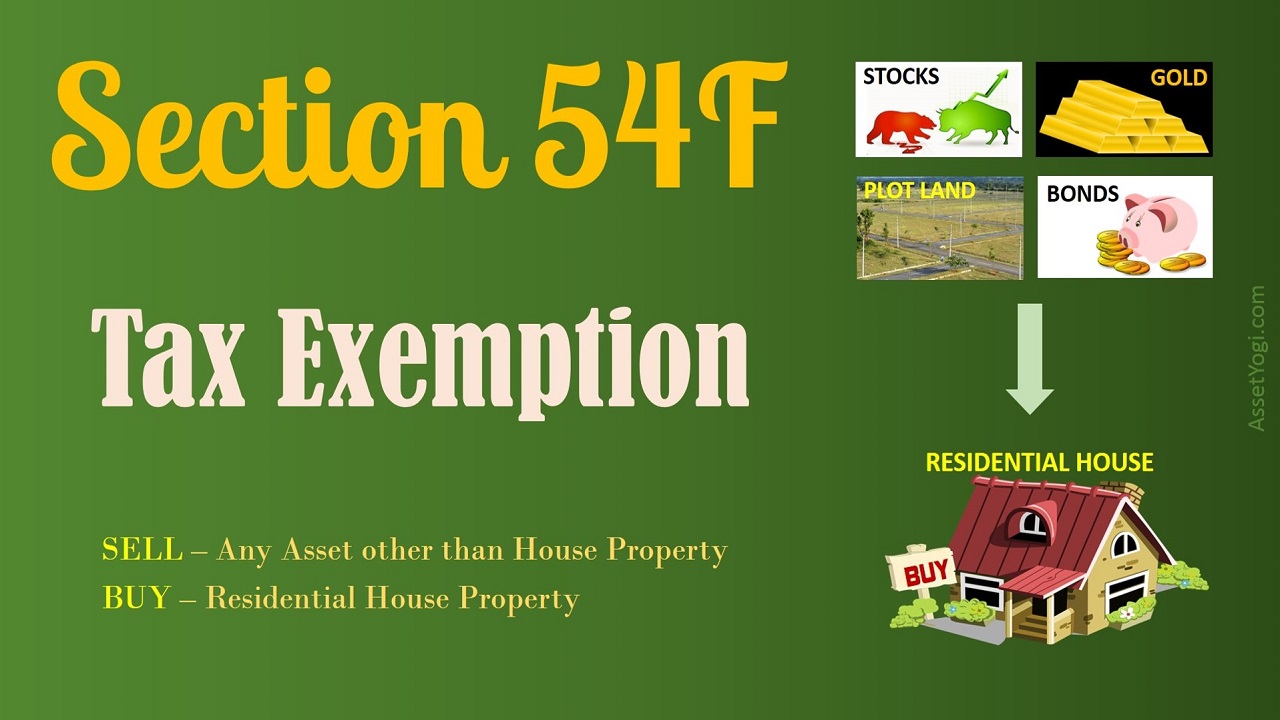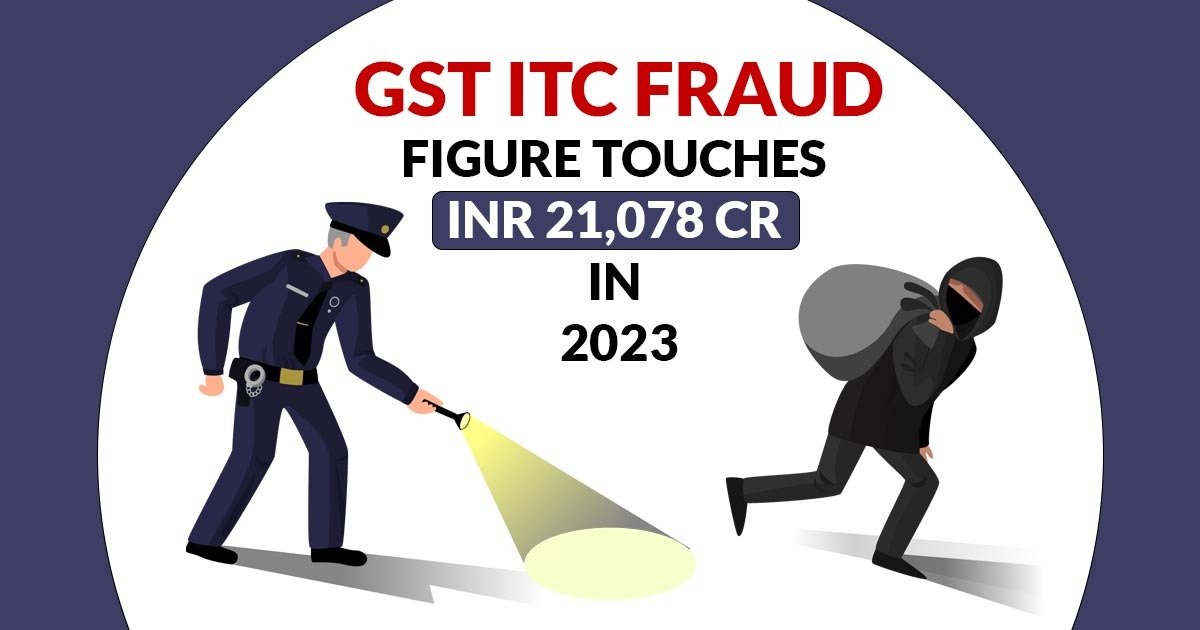D.N. Baruah, J.@mdashNaresh Chandra Deb Barma (Since deceased), predecessor-in-interest of the present appellants preferred this appeal against the judgment dated 21-12-79 passed by the Additional District Judge, Tripura, Agrartala, in Civil Misc. Appeal No. 2 of 1979 reviewing the judgment dated 30-6-79 passed by him in Civil Misc. Appeal No. 11 of 1978 allowing the appeal by the Subordinate Judge, West Tripura, Agartala in T.S. No. 41 of 1978.
2. Late Naresh Chandra Deb Barma as plaintiff brought a suit (TS No. 41 /78) in the Court of the Subordinate Judge, West Tripura, Agartala, against the respondents. His case, inter alia, is that he was in possession of the suit land (Plot No. 7219) which was recorded in Khatian No. 2616 of Mouza Agartala. There was another plot of land (Plot No. 7225) to the east of the said plot. This plot was recorded as government land. The plaintiff was in possession of the said government land and the government did not take any steps for his eviction. He was paying land revenue to the government in respect of his Khatian land and he had possessory right over the said plot of land. Both these plots were in possession of the plaintiff when the suit was filed. In the year 1961 the plaintiff sold some land to the second respondent. However, the possession was not delivered. In July 1978, the first respondent in collusion with the second respondent forcefully occupied a portion of the land under Plot No. 7219 and gave a fencing thereon. But the plaintiff removed the fencing and continued to occupy the plots. The plaintiff apprehended that the first respondent with the help of the second respondent might again disturb his possession, and, therefore, he instituted the suit for declaration and for permanent injunction.
3. A petition for temporary injunction was also filed along with the plaint, praying for an order to restrain the respondents, their agent and workmen from entering into the suit land or in any way disturbing the possession of the plaintiff in the suit land.
4. The trial court granted ad interim injunction which was made absolute after hearing both sides. The first respondent preferred an appeal before the Additional District Judge, Tripura, Agartala, (Civil Misc. Appeal No. 11 of 1978). The Additional District Judge by his judgment dated 30-6-79 dismissed the appeal. The Additional District Judge after considering the averments made in the plaint and the contents of the Khatian found that the plaintiff had his homestead land and he was residing in a pucca building and two CI sheet buildings and one thatched hut he further observed that the first respondent did not challenge the possession of the plaintiff over the suit property. However, the sale deed of the plaintiff to the second defendant was silent about the buildings. Accordingly, the District Judge held that the plaintiff was in physical possession of the suit land and, therefore, there was nothing wrong in the findings arrived at by the Subordinate Judge. The Additional District Judge held that the plaintiff had a prima facie case and if he was evicted his right would be affected. The balance of convenience was also considered to be in favour of the plaintiff. Therefore, the Additional District Judge found that the injunction granted by the Subordinate Judge was just and proper and he found no reason to interfere with the order of injunction, and accordingly, the appeal was dismissed.
5. Thereafter, the first respondent filed an application for review of the judgment and order dated 30-6-79. In the review application, the first respondent stated that he never disputed that the plaintiff had residential house on the western block, but the eastern block was in his possession and this land was the subject-matter of the injunction petition. The injunction was sought for by the plaintiff claiming that the plaintiff was in possession of the suit land. While delivering the judgment, the court made a bona fide mistake taking the western block as the subject-matter of injunction. The mistake occurred in the judgment was bona fide and, therefore, it was necessary to review the judgment. This review application was heard. After hearing the parties, the Additional District Judge by his judgment dated 21-12-79 reviewed the earlier judgment dated 30-6-79 and allowed the appeal filed by the first respondent and set aside the order dated 26-9-78 passed by the Subordinate Judge in TS No. 48/78. Against this, the appellant filed the appeal.
6. I have heard both sides. The contention of Mr. D. Chakraborty, learned counsel for the appellant, is that the Additional District Judge committed manifest error of law by reviewing his judgment, even though, under the facts and circumstances of the case there was no justification for review of the order. According to Mr. Chakraborty, the application does not disclose any ground for review of the earlier judgment as envisaged under O. 47, Rule 1 read with S. 151 of the Code of Civil Procedure. Therefore, the impugned judgment is liable to be set aside and quashed.
7. Section 114 of the CPC has to be read with Order 47, Rule 1. Rule 1 of Order 47 prescribes the ground upon which an application for review can be granted. Under this Rule, a person aggrieved by a decree or order may apply for review of the decree or order on discovery of new and important matter of evidence which, after the exercise of due diligence, was not within his knowledge or could not be produced by him at the time when the decree was passed or order made, or on account of some mistake or error apparent on the face of the record, or for any other sufficient reason. In the case in hand, however, it is not the case of the first respondent that the judgment was required to be reviewed because of the discovery of new and important matter or evidence. His case is that there was a bona fide mistake and error in the judgment apparent on the face of the record and, therefore, it was necessary to review the judgment. Whether there is a mistake or error apparel on the face of record in a case depends on individual facts. However, it must be borne in mind, that in order to come to conclusion that there is a mistake or error apparent on the face of record it must be one which must be manifest on the face of record. The error or mistake be so manifest, so clear, that no court would permit such an error or mistake to remain on the record. In coming to the finding that a mistake or error is apparent on the face of record, the court is not required to look into other evidence. Such mistake or error should appear in the order itself or from any other document which is referred in the said order. If such error occurs then the court is definitely bound to review such judgment.
8. Now the question falls for determination is that whether in the facts and circumstances of the case, the Additional District Judge was justified in reviewing his judgment. The Additional District Judge while passing the impugned order observed that the appeal against the order passed by the Subordinate Judge was dismissed on consideration that the plaintiff was occupying the buildings standing on the suit land. But at the time of consideration of the review application, he found that the appellant and members of his family were actually not residing on the land, which was the subject matter of the suit. He further observed thus: "... it is incorrect to say that the plaintiff is residing in the suit land." The Additional District Judge also observed that "the delivery of possession may be gathered from the sale deed of the party". He further observed that he was under the impression that there were pucca buildings etc. of the plaintiff in the suit land. But this was not correct. On consideration of materials on record the Additional District Judge found that the plaintiff had no physical possession over the suit land and, therefore, according to him, granting injunction would be against the well established principle of law.
9. On perusal of the judgment as well as the documents filed in the court it appears that the Additional District Judge while passing the impugned judgment dated 30-6-79 over looked the relevant materials on record and, therefore, he came to a wrong finding. In my opinion, this was (SIC)error apparent on the fact of the record.
10. In view of the above, I do not find any infirmities in the impugned judgment of the Additional District Judge in reviewing his earlier order. Hence the appeal fails. No costs.

